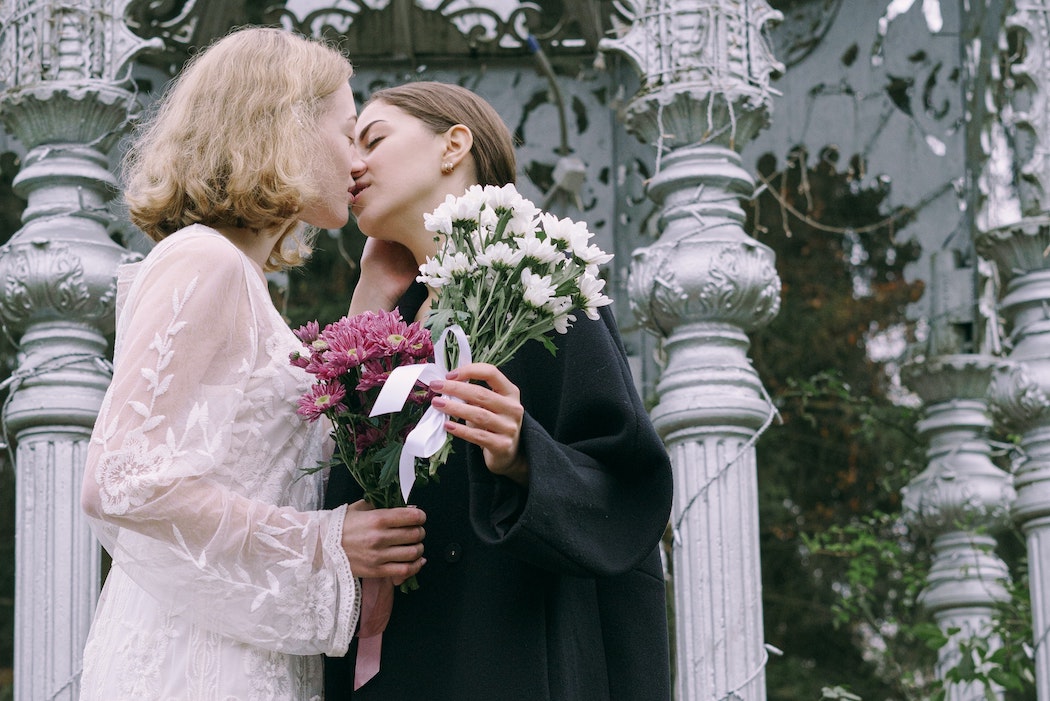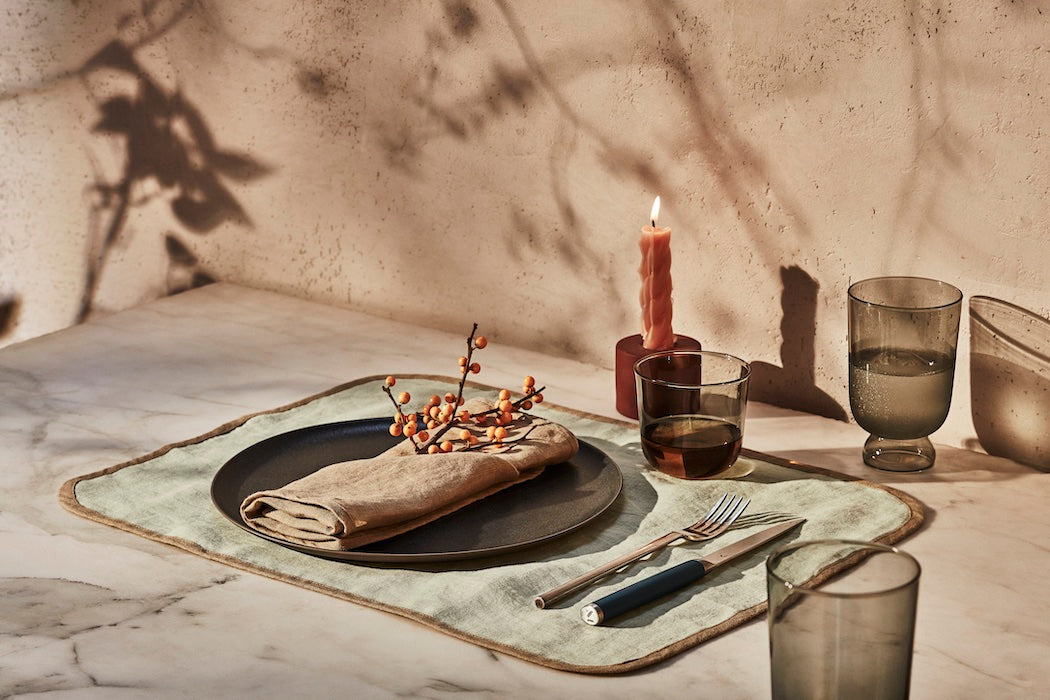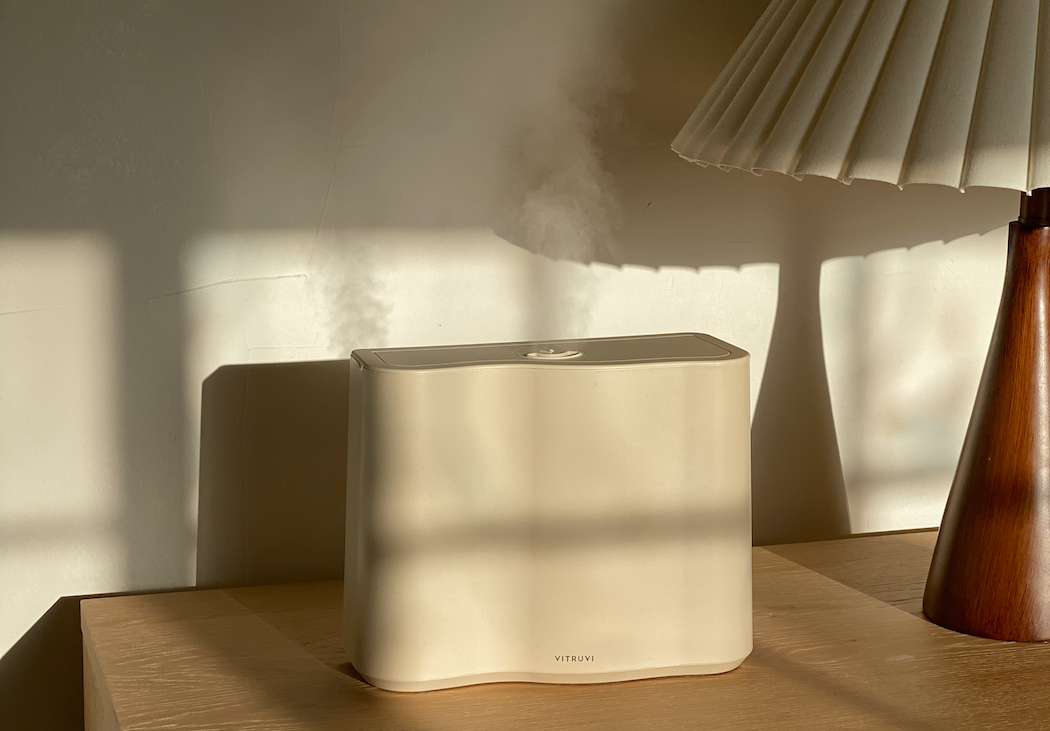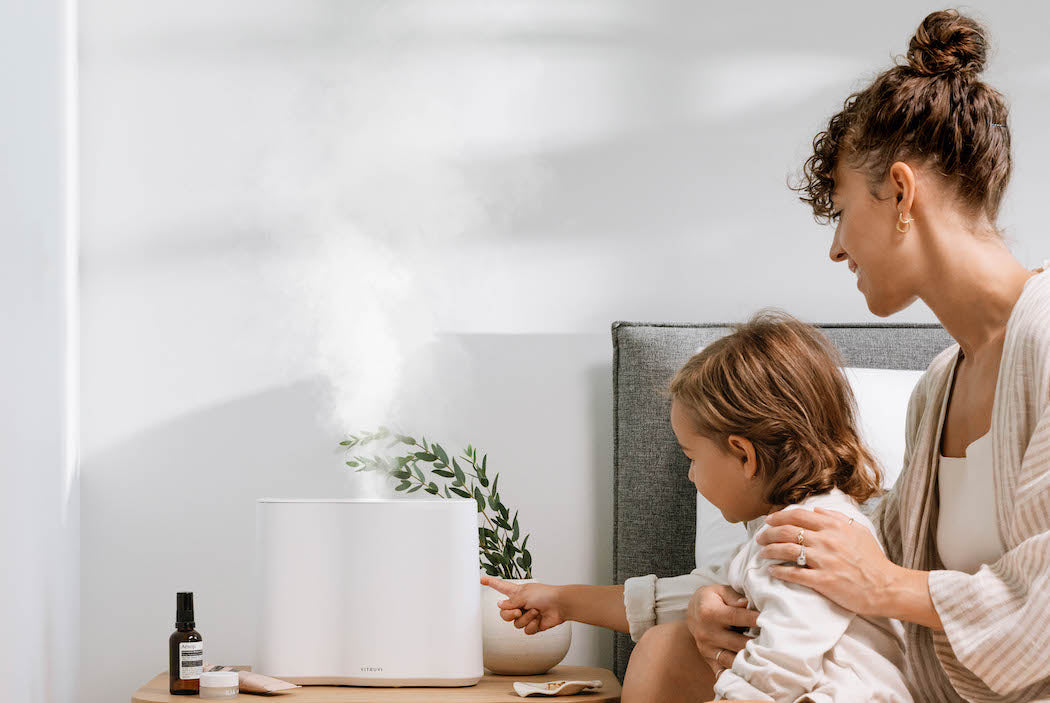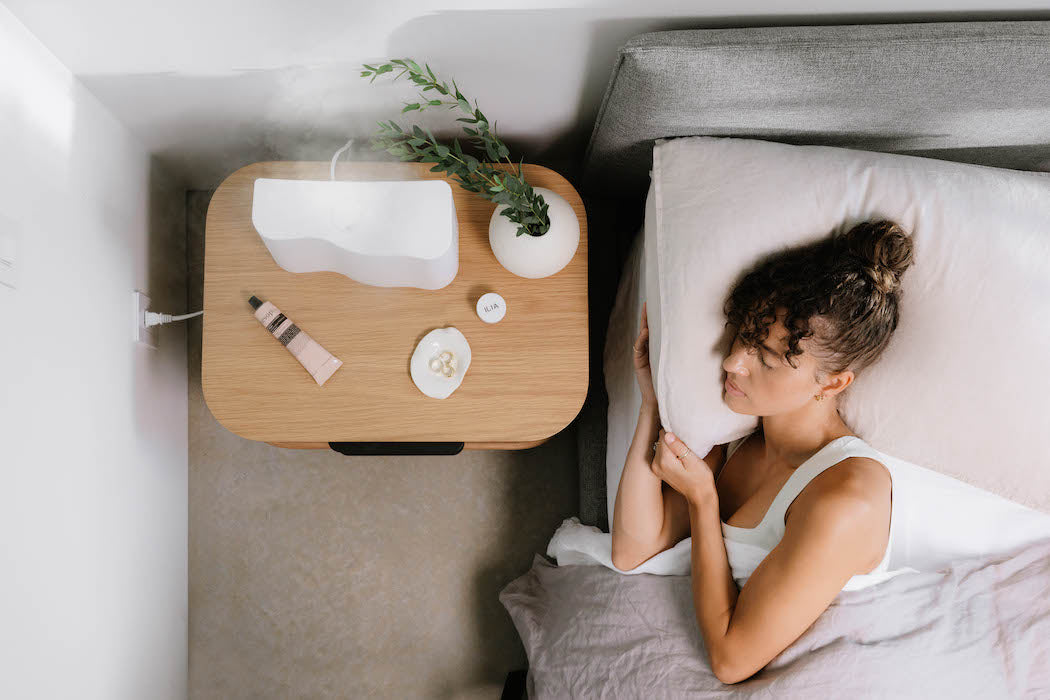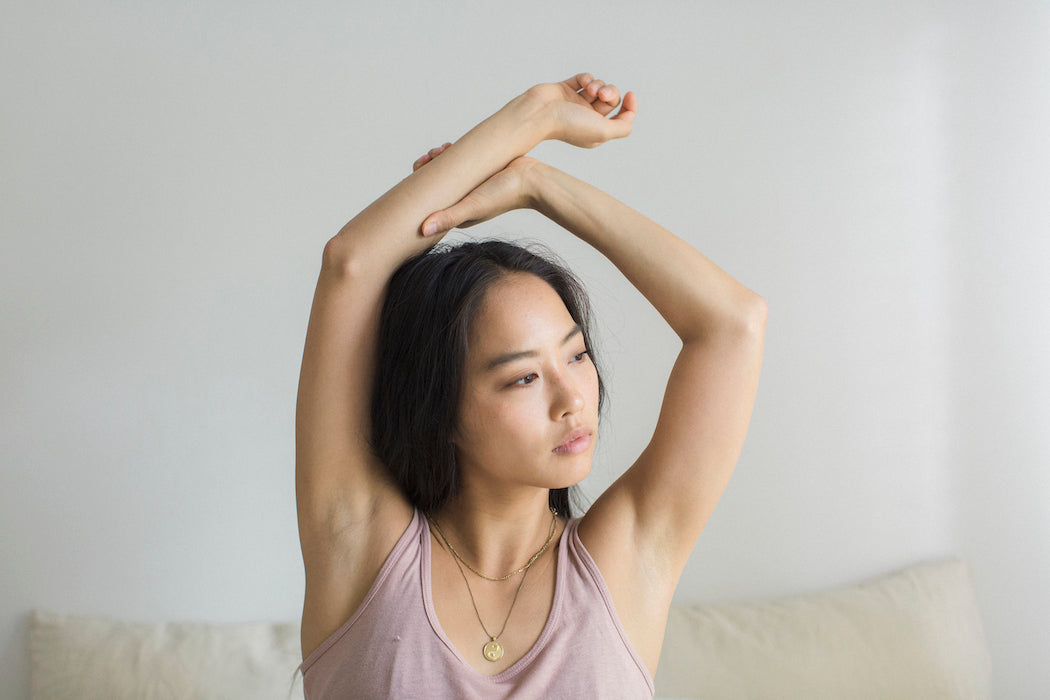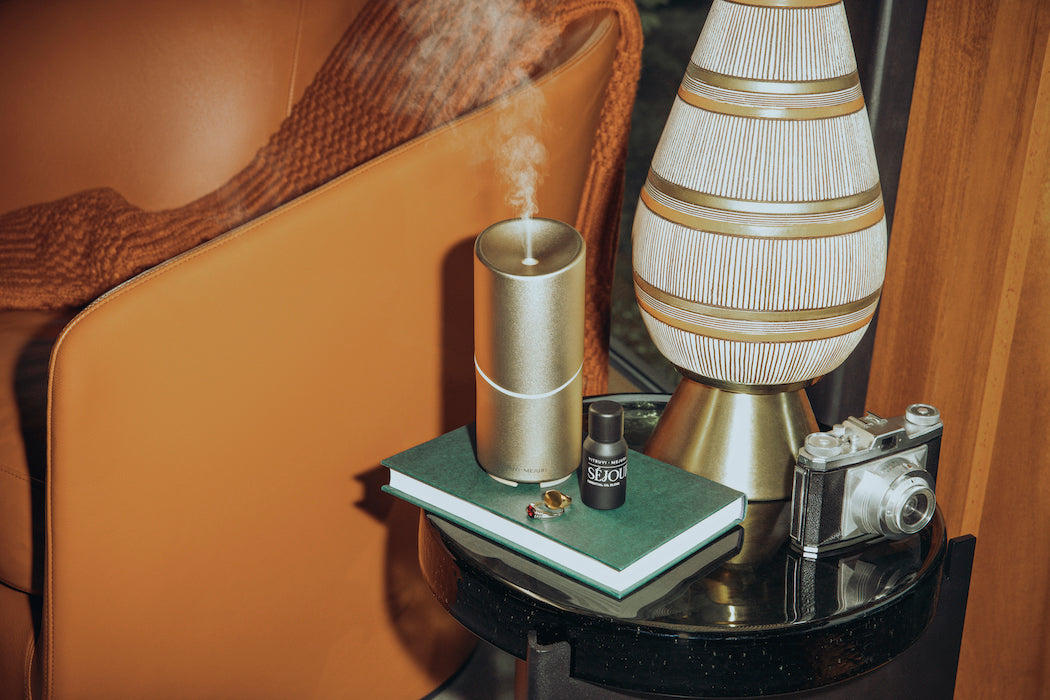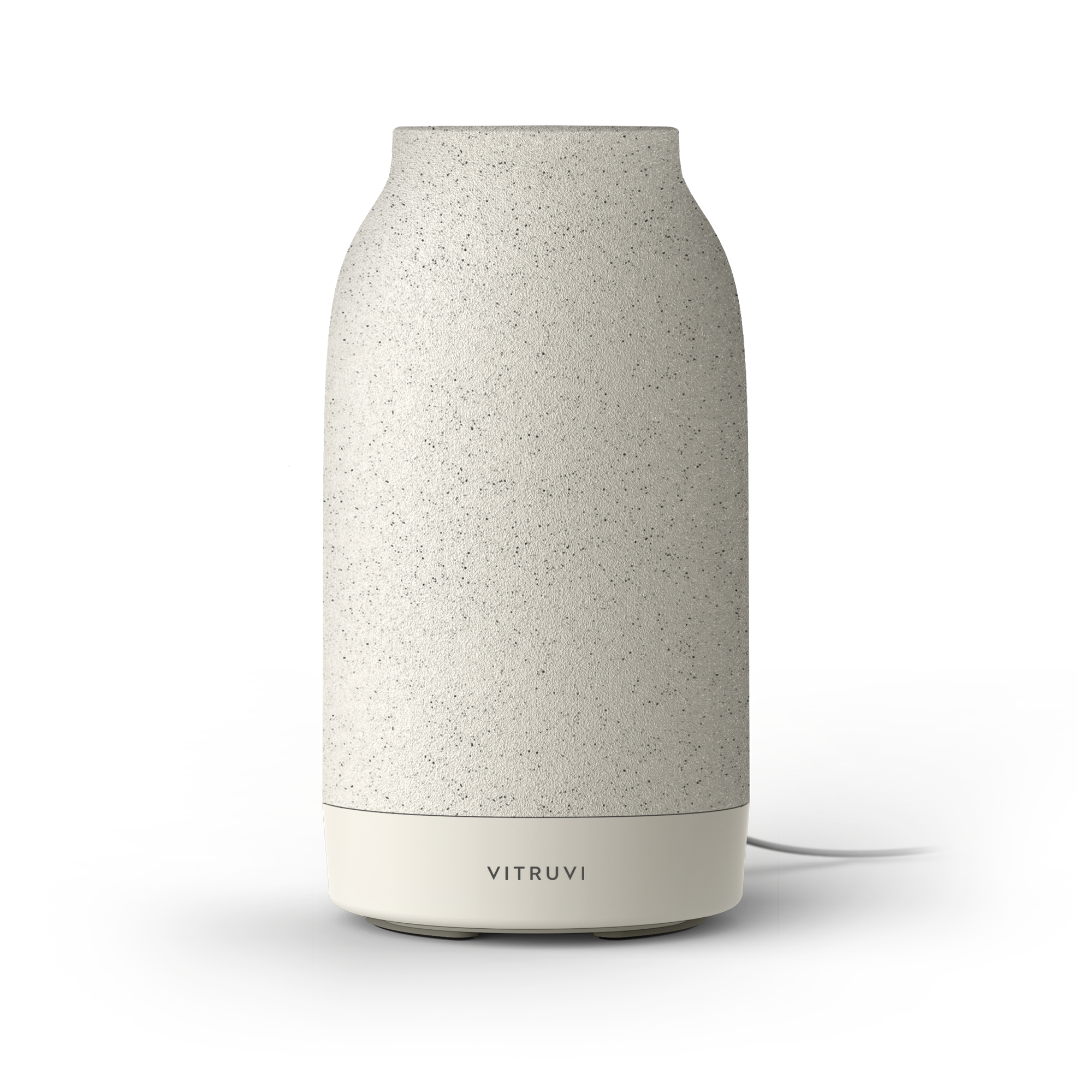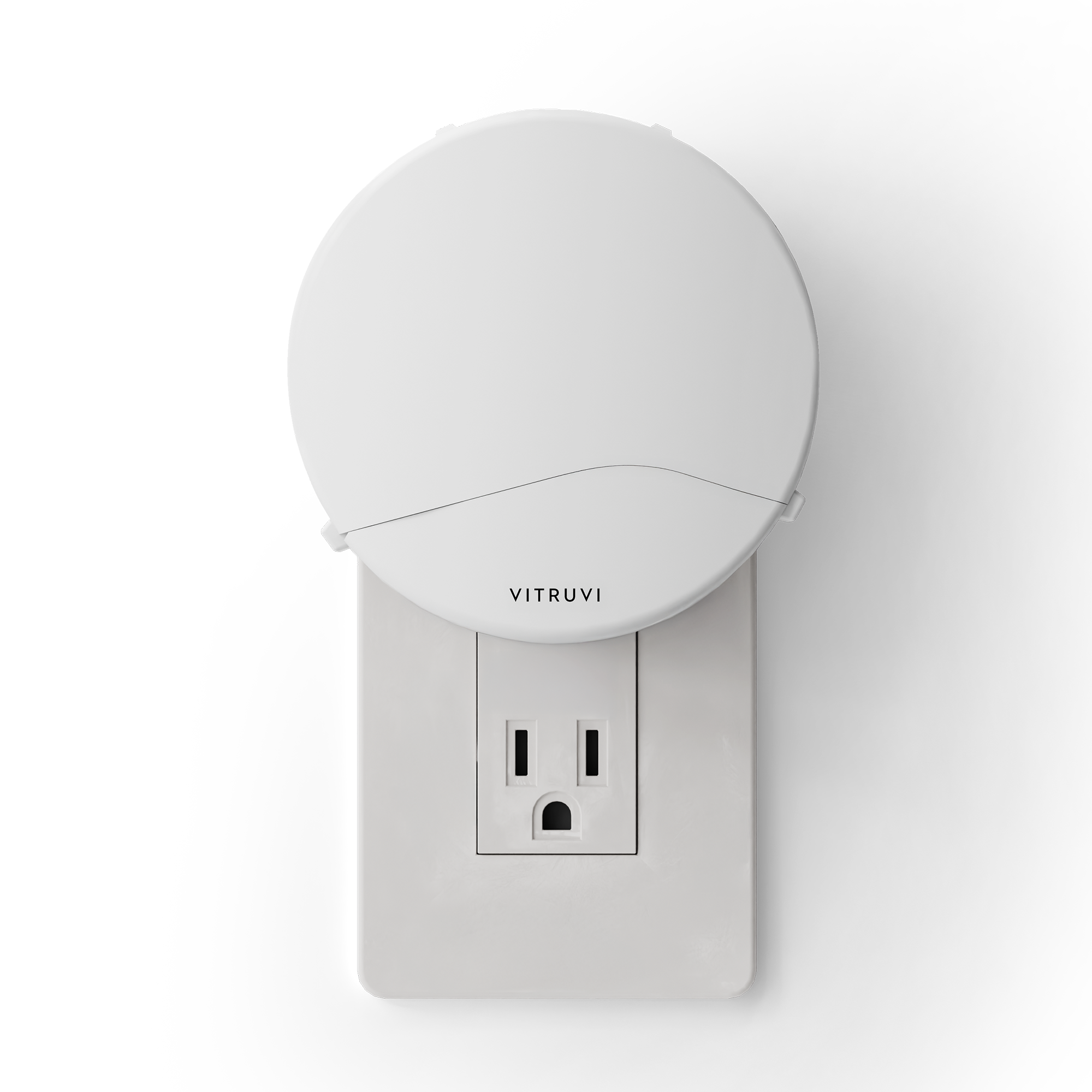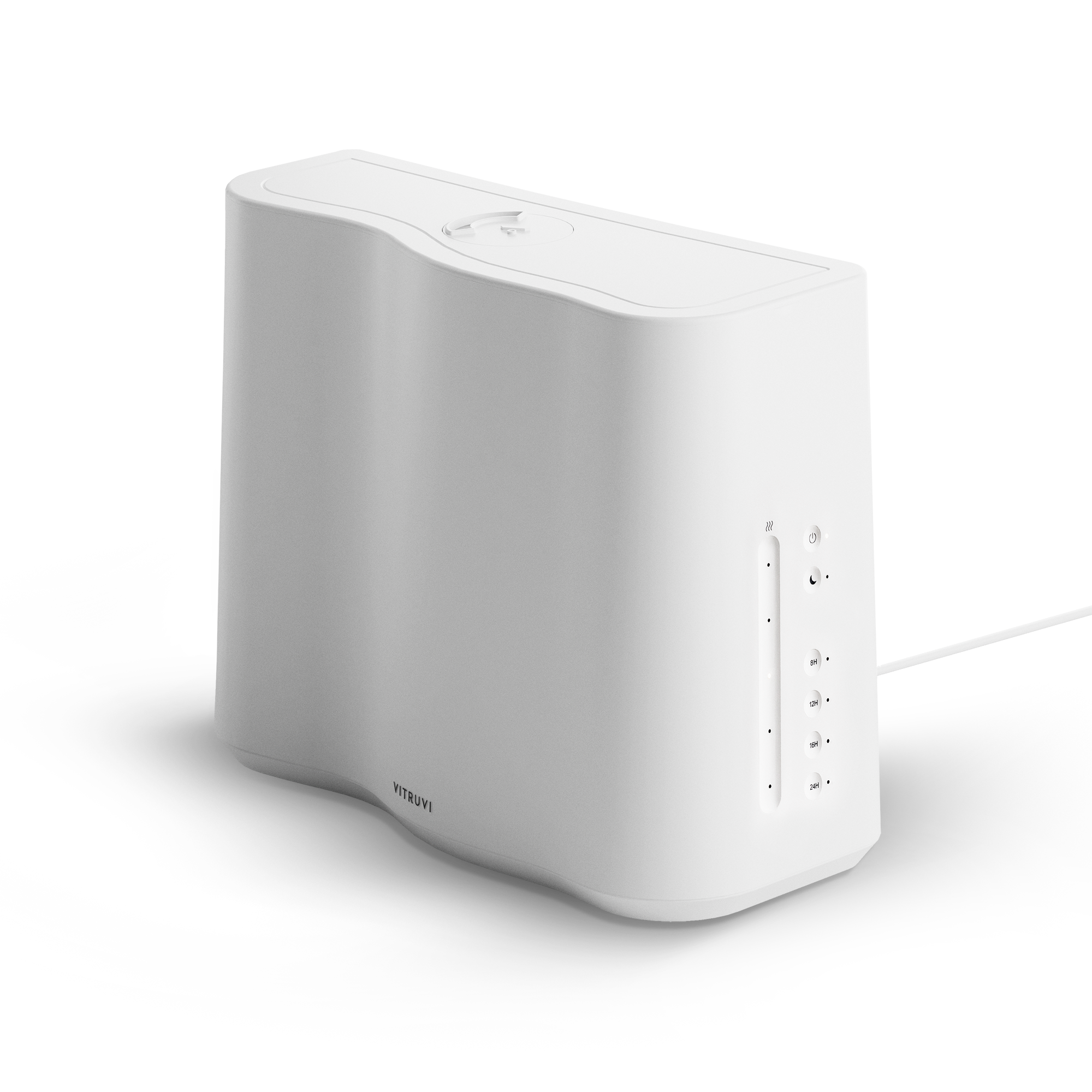Craig Stanghetta was about to wrap up a substantial home renovation when the coronavirus pandemic hit. What should have been his refuge was now at a standstill, far from finished, forcing the interior designer to put the process on hold, uncertain of what each next day might bring.
“But the thing that’s been good—and this surprised me because I’m somebody who does this for a living, so I want everything to be done,” Stanghetta says, video calling in from the otherwise quiet office of his Vancouver-based interior design studio, Ste. Marie. “I have all the tools and resources to go and do that work, but this sort of forced me to live with it, to make decisions a little bit slower, through experience. But it totally reinforces our philosophy—which is that homes are for humans, individuals. They’re not a rubber-stamp, one-size-fits-all kind of thing.”

Truly the past year has made us all slow down, and learn how to function within our new day to day—in all its unpredictabilities and peculiarities. Stanghetta and I are “e-meeting” during a week when Vancouver has returned to tightened social restrictions; his employees are back to working from home, we’ve had a mix-up over which calling platform to use, one of us forgot to take herself off mute for the first 30 seconds. But we go forward. These are the daily fumbles we’ve come to expect.
Stanghetta (Ste. Marie’s founder and principal) and his team have spent over a decade realizing spectacular and specific interiors of many favorite gathering places in Vancouver and beyond; often name-checked are restaurants like the dreamy pastels and verdant bursts of Botanist, and the intimate moodiness of Japanese-Italian nook Kissa Tanto. The past six years have seen Ste. Marie take on the residential sector, too, with real estate developments and a handful of private homes.
“Our whole MO as a studio is just about how to design with human beings at the centre of all that, experientially,” Stanghetta explains. “Our focus is around the mix between your actual home versus how you connect to in-between spaces and all your habits.” From where you put your head at night and how you store things, to the way your workspace is set up and the walkability to neighbourhood haunts, Ste. Marie considers the full spectrum of human experience for commercial and residential works alike.
There have been songs written about it, embroidery hoops stitched about it, and now, primarily relegated to our four walls with little but our mounting anxieties, the perennial quest becomes more pertinent than ever: how do you make a house (or apartment, or basement suite) into a home?
Stanghetta helps break down the daunting task. “For the home, it’s really about comfort,” he says simply. “Anybody that says it’s not—that’s just a soundbite. Could you imagine if your home wasn’t comfortable?”

And while comfort might be a common goal, it certainly manifests itself differently for everyone. Are you a nester? Do you thrive in extreme order? Maybe, Stanghetta suggests, you’re soothed by nostalgia when “surrounded by every book you’ve ever owned since you were a toddler.” Whatever works.
“I think that ‘style’ is kind of...bad,” Stanghetta continues, laughing. “I think that implies that one style is better than another—but it’s not like that. There’s great design in every sort of avenue.” Rather than adding stress with the pressure to post a trendy shot, Stanghetta encourages using platforms like Instagram to discover unique, independent vendors, or instead cobble together pieces that strike you for a sort of “emotional connect-the-dots” as opposed to a rigid style bible. “It’s better to understand your own sort of hierarchy of needs,” he says, “and then fulfill that.”
That said, there are some design fundamentals that tend to the innate needs of a home.
“This is what human beings, as just living organisms, need,” he acknowledges. “Light—get a lot of it where you can. Obviously in your bedroom, you want to be able to control that more, and actually be able to get rid of light, too.”
And within his own hierarchy?
“In my home, I like to have a lot of low lighting—like, off the ground,” he says. Table lamps, standing lamps, and wall sconces come in handy here to set a relaxed vibe. And, because urban spaces are so multi-functional (especially for the work-at-home set), having the option to switch on bright overhead lighting provides versatility when it’s time to get down to business. Define different areas for different uses, Stanghetta advises, as it allows you a sense of ownership within your space.

“I do think that I like to get rid of tons of things, that’s sort of my style—I don’t want anything extra,” he says. “I think that things should be simplified whenever possible. You can look at all these studies, and see that people are more anxious than they’ve ever been. That’s where [the pandemic] has been a touchstone for coming back to some of the things that are truly important. It’s forced people to gain some perspective on things.”
We all feel it. In these stretching moments with and by ourselves, when the outside world turns unpredictable, we need to slow down—looking inward for comfort, in all sorts of ways.


